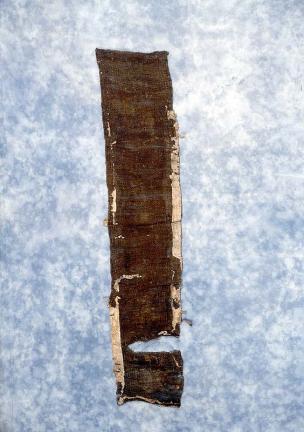종목별 검색
국가민속문화유산
고운 묘 출토유물 (高雲 墓 出土遺物)Artifacts Excavated from the Tomb of Go Un
| 분 류 | 유물 / 생활공예 / 복식공예 / 의복 |
|---|---|
| 수량/면적 | 일괄(43점) |
| 지정(등록)일 | 2001.06.26 |
| 소 재 지 | 광주광역시 북구 서하로 48-25 (용봉동, 광주역사민속박물관) |
| 시 대 | 조선시대 중기 |
| 소유자(소유단체) | 광주광역시 |
| 관리자(관리단체) | 광주역사민속박물관 |


국가민속문화유산
고운 묘 출토유물 (高雲 墓 出土遺物)Artifacts Excavated from the Tomb of Go Un
| 분 류 | 유물 / 생활공예 / 복식공예 / 의복 |
|---|---|
| 수량/면적 | 일괄(43점) |
| 지정(등록)일 | 2001.06.26 |
| 소 재 지 | 광주광역시 북구 서하로 48-25 (용봉동, 광주역사민속박물관) |
| 시 대 | 조선시대 중기 |
| 소유자(소유단체) | 광주광역시 |
| 관리자(관리단체) | 광주역사민속박물관 |

ⓒ 2000. CULTURAL HERITAGE ADMINISTRATION. ALL RIGHTS RESERVED.



 문화유산
문화유산


